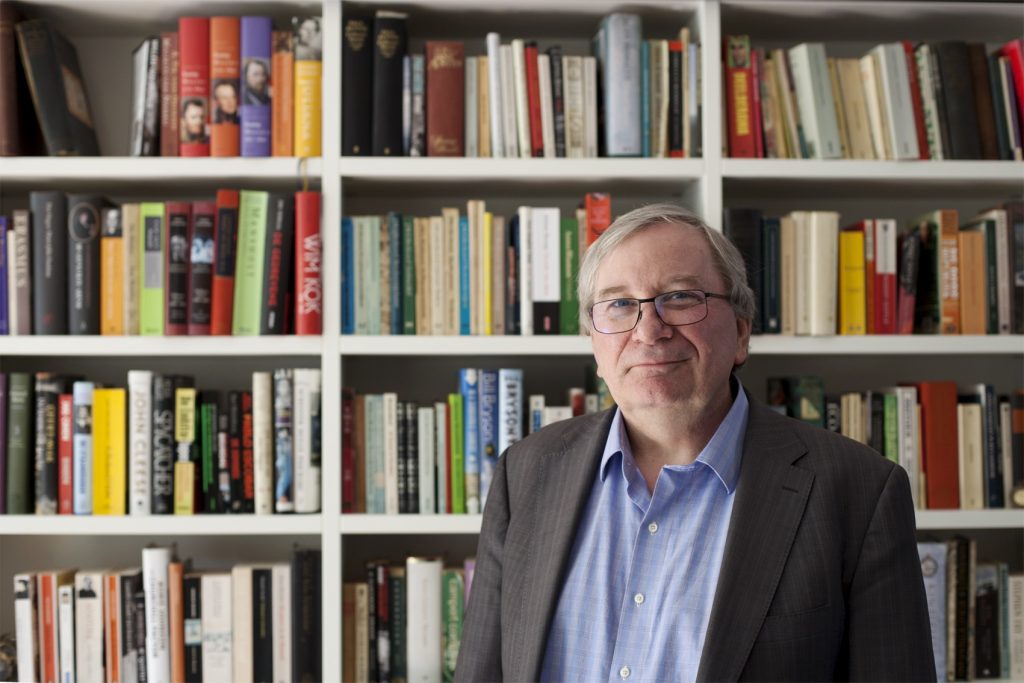In September 2015, after a lengthy investigation, the Committee on Scientific Integrity (CSI) of the Leiden University Medical Center (LUMC) advised the LUMC Board of Directors to ask for retraction of two publications because of major data manipulation in images. The case involved Maria Fousteri, who by then had left LUMC.
In the Netherlands it is possible to ask a second opinion, as a non-binding but influential appeal procedure, from the national LOWI (Landelijk Orgaan Wetenschappelijke Integriteit). Fousteri did so. In May 2016, after careful deliberations and a hearing of individuals directly involved, the LOWI fully supported the conclusion of the CSI.
This led the Board to inform several parties, including the defendant’s current employer, and agencies that had provided grants based on the fraudulent work, and to formally ask the journal Molecular Cell to retract two publications. They would not do so for more than five years, with retraction notices published only this month that list data manipulations in several figures.
Why did this take so long? The report of the CSI that was provided in full to the journal was extensive and unambiguous. Besides the text on the findings of the Committee and the opinion of experts who were consulted, it contained 70 pages in which in painstaking detail all manipulations were laid out, with (close-up) copies of the blots and laboratory log books that showed how essentially complete figures were the result of creative cut and paste. In fact, in its report the Committee doubted whether some of the experiments were performed at all.
During those five years, the LUMC repeatedly communicated with the editor, which invariably led to meaningless replies, followed by long silences. This was a deeply frustrating experience. In the meantime, each of the now-retracted papers was cited more than 70 times, according to Clarivate Analytics’ Web of Science.
In 2018, the LUMC lodged a complaint with the Committee on Publication Ethics (COPE), of which Molecular Cell is a member. In 2019, urged on by COPE, the editor let the LUMC know he had discussed a retraction notice with the authors, which was submitted to LUMC for review. In this draft notice the authors were allowed to say that although manipulated, the results were a fair representation of the truth. This retraction notice was not acceptable to the LUMC, since what is true should follow from experimental data and not the other way round, and even when by coincidence a faulty experiment would yield a true result, the experiment is void.
After this, no more was heard from the journal for another two years, until the retractions in December 2021.
We remain sincerely puzzled by these events. It is understandable that a journal, before retracting an article, needs convincing evidence. This was provided in abundant detail five years ago. There was no need for additional investigations by the journal, and the journal made no such investigations. It did nothing, except, apparently, discuss with the authors the text of the retraction notice.
In the end, the retraction notices simply mentioned the findings of the LUMC Committee, naming data manipulation in figures, duplications and image tinkering, and they referred to the CSI’s summary report on the institutional website. And this is how it should be. Retractions are painful, for the author who manipulated the data, for the other authors, some of whom were innocent bystanders, for the institution, and for the journal.
However, we all have a duty to cleanse the literature of fraudulent data, however painful that may be, and there is no excuse for allowing such data to remain in the public domain without even an expression of concern for several years.
Scientific misconduct not only affects research in the discipline at hand, but also trust in science in general. This trust is not restored by procrastination.
Frits Rosendaal, professor of clinical epidemiology at the LUMC, is chair of the Committee on Scientific Integrity that investigated this case. Pancras Hogendoorn is professor of pathology and Dean of the LUMC.
Like Retraction Watch? You can make a one-time tax-deductible contribution by PayPal or by Square, or a monthly tax-deductible donation by Paypal to support our work, follow us on Twitter, like us on Facebook, add us to your RSS reader, or subscribe to our daily digest. If you find a retraction that’s not in our database, you can let us know here. For comments or feedback, email us at [email protected].


I get two main messages from this affair. One is that the publisher’s (Elsevier) practice of asking the author who was found to have committed misconduct to write or negotiate the publishers retraction notice invites spin and at the least, delay. And the second is that the place for whistleblowers in such affairs is the underside of a bus (link)
The scientific community owes respect to LUMC and Professors Rosendaal and Hogendoorn for their persistence in protecting scientific integrity and not allowing the publisher to brush it under the rug. But, if the linked story is accurate, requiring the whistleblower to start her PhD over sends an opposite message: better to keep quiet and go along to get along. Perhaps the professors could remark how their institution now protects valid (and often vulnerable) whistleblowers from harm?
https://forbetterscience.com/2018/11/09/fousteri-affair-dutch-integrity-thwarted-by-academic-indecency/
I would say that a third important conclusion is that the journal concerned, Molecular Cell, is of dubious quality and has editors who do not really care about their job. Thus, nothing published in this journal should be trusted.